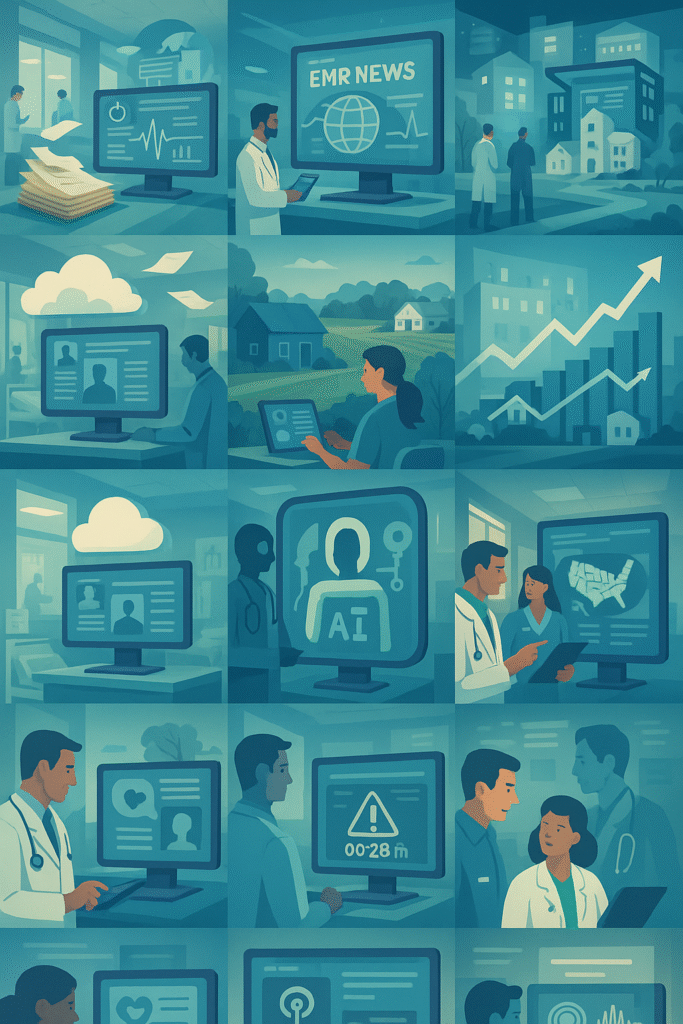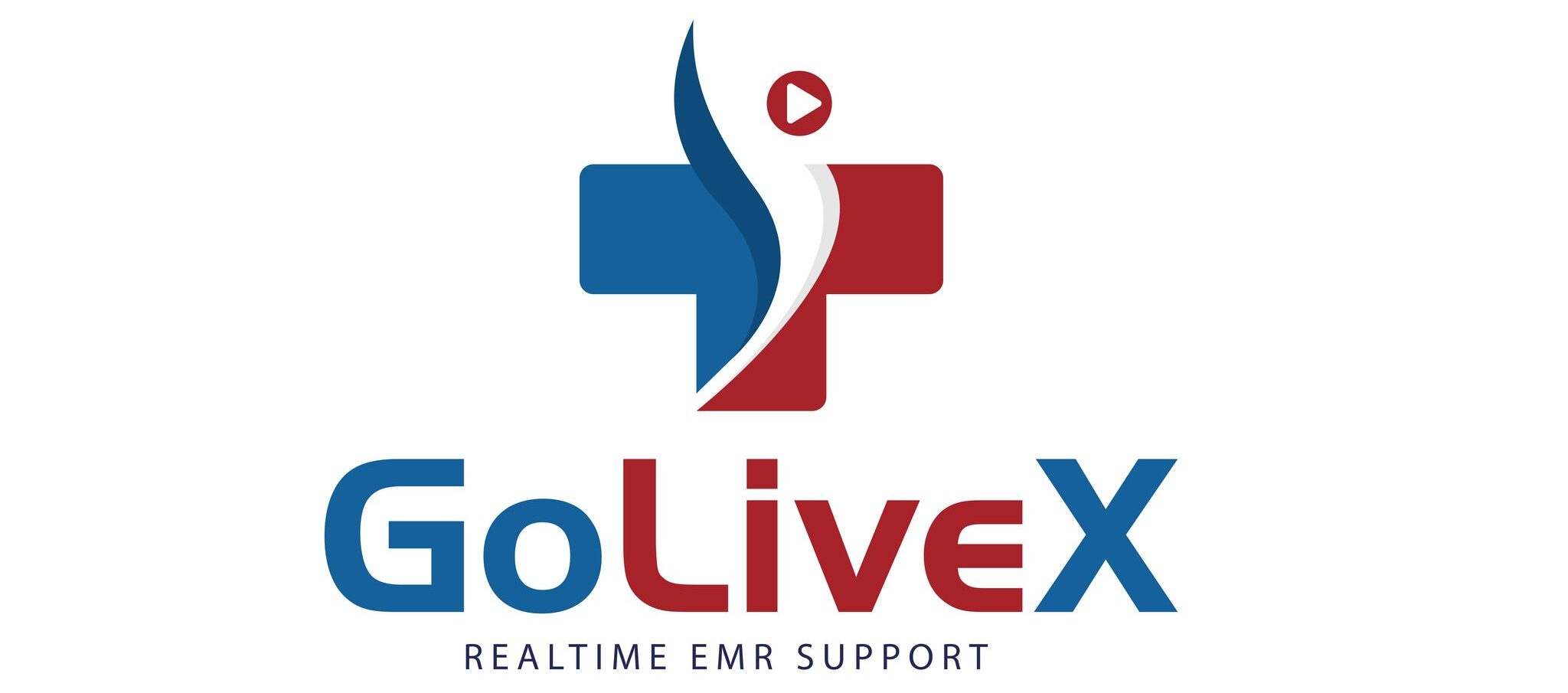From predictive AI to patient led portals, witness the waves reshaping the sea of medicine.

There’s a quiet stirring beneath the fluorescent lights of hospitals, a gentle swell of change data alchemized into hope, numbers woven into narratives of healing. These five EMR innovations are not mere upgrades; they are ripples of possibility, each one beckoning us toward a future where care is as human as it is high-tech.
1. Predictive AI That Whispers Warnings
In the midnight hush of the ICU, algorithms sift through vital signs and lab values, not to tally facts, but to listen for distress. With every heartbeat and blood gas reading, they murmur gentle cautions: “Watch for sepsis here… anticipate deterioration there.” Clinicians awake to alerts that feel less like cold commands and more like bedside confidences, guiding them before crisis strikes.
2. Patient-Led Portals: Windows Into One’s Own Story
Once, medical records were secrets locked away in guarded rooms. Today, patients hold the keys in their palms. Through intuitive portals, they review notes, track lab results, and annotate their own symptoms with the language of lived experience. In this new communion, healing becomes a partnership: doctor and patient co-authors of the same medical chronicle.
3. Seamless Telehealth Integration: Healing Across Horizons
Distance dissolves when EMRs weave telehealth into their core. A grandmother in rural Montana greets her cardiologist face-to-face over video, her digital chart unfurling side by side with their conversation. The EMR not only records her murmured concerns but also pulls up local resources, schedules follow-ups, and even dispatches reminders, all without a single paper form. Care flows like water, unbound by geography.
4. Interoperability: Conversations Between Systems
Imagine hospitals speaking one language, clinics another, and labs a third—until a bridge is built. Today’s leading EMRs embrace open standards, translating codes and formats so that data flows freely across networks. A child’s immunization record travels from pediatrician to school nurse to public health dashboard, each system listening and learning in turn. When systems converse, no patient falls through the cracks.
5. Voice-Enabled Documentation: The Art of Speaking Care
Clinicians no longer stare into screens as patients speak; instead, they share stories. Voice-powered EMRs transcribe encounters in real time, capturing the subtleties of tone and empathy. As the nurse’s gentle reassurance echoes, the system records the warmth; as the surgeon’s poised promise rings out, every assurance is saved. Less time typing means more time holding hands, more time truly being present.
These trends are more than digital marvels; they are the promises of a kinder, more connected healthcare. Each innovation carries a pulse of compassion, reminding us that at the heart of every line of code lies a single purpose: to heal.
And as these waves crest and fall, we find ourselves carried forward into a sea of medicine that remembers its human heart.
